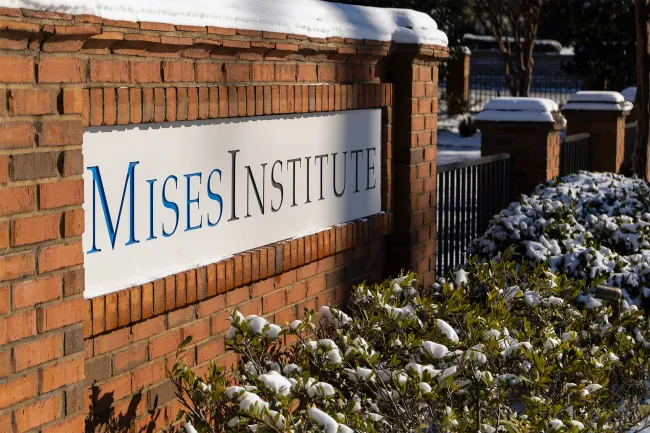Money and Banking
Facebook’s Fake Money
The critical question is this: Is the Libra really good — or sound — money? Unfortunately, this question cannot be answered in the affirmative.
An Equity-Based Approach to the Money Multiplier
A private graduate seminar presented at Mises University 2019.
The Illusion of the Keynesian Multiplier
Not only will easy-money policy not increase production, it will impoverish us by inflating away real wealth.
When Will the Stock Market Respond to 2016’s Liquidity Collapse?
A major factor that can explain the apparent contradiction between weakening so-called fundamentals of today — and the stock market's continued march upward — is changes in monetary liquidity.
Phony Economic Growth Stats Conceal Deep Problems on Main Street
Government manipulation is shifting wealth from Main Street to Wall Street. But most people don't see the growing gap between the growth of financial wealth and the real economy.










